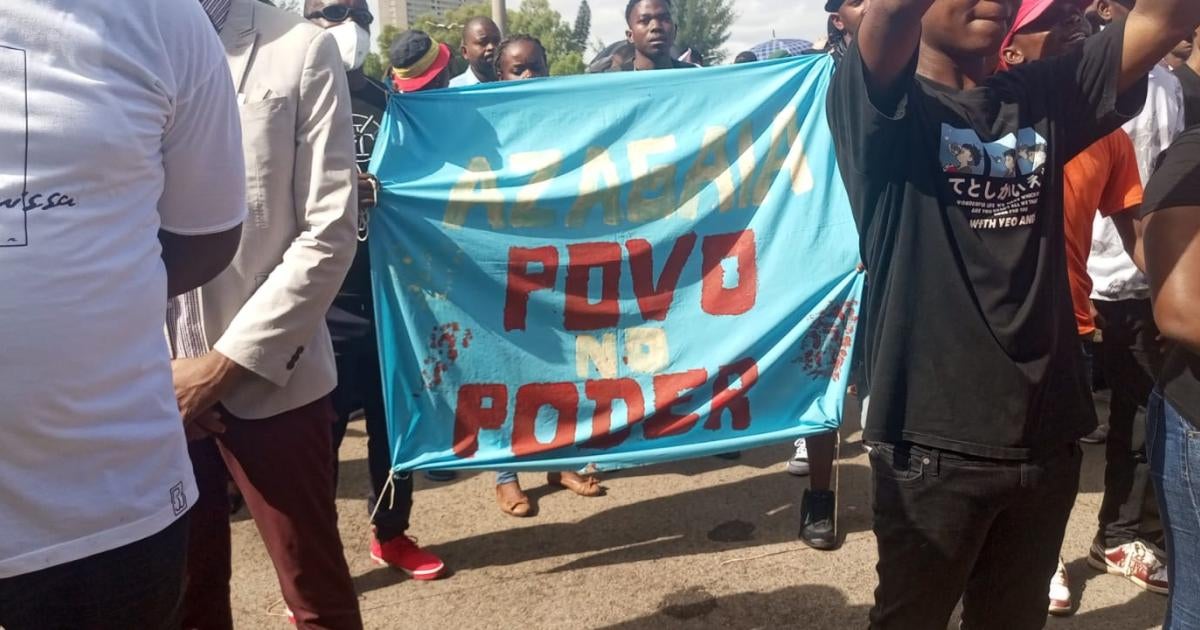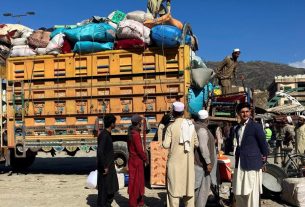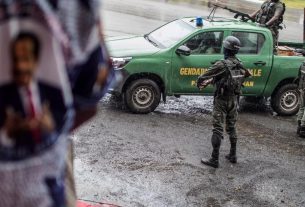(Johannesburg) – Mozambican authorities should promptly and impartially investigate the police use of teargas on the funeral procession of a famous rap star on March 14, 2023, in Maputo, Human Rights Watch said today. Edson da Luz, known as “Azagaia,” who died on March 9 from complications of a sudden illness, was known for his criticism of the government. Azagaia’s death was marked across Portuguese-speaking countries, with vigils in Angola, Mozambique, and Portugal.
On March 14, a large crowd joined a procession following the official funeral ceremony. Armored vehicles and dozens of heavily armed riot police blocked the road, as the funeral convoy and thousands of people approached an area containing the president’s official residence, which is off-limits to pedestrian traffic. The police ordered people to change course, and then without warning used teargas to disperse the crowd, causing mass flight.
“Mozambique police responsible for safety and security at funeral processions or other public gatherings should always abide by human rights standards for the use of force,” said Ashwanee Budoo-Scholtz, deputy Africa director at Human Rights Watch. “An impartial investigation is needed to determine whether officials unnecessarily rushed to use teargas and to hold them accountable.”
Around midday, after the official funeral ceremony, thousands of people including family members, fans, friends, and the media, followed the funeral convoy to the cemetery using cars and motorcycles and on foot, while others joined along the way. As the funeral procession passed through the main streets of Maputo, people chanted songs of the late rapper, including “Povo no Poder” (Power to the People) and “Vampiros” (Vampires), a song that compares corrupt leaders to vampires.
About an hour into the procession, the crowd met dozens of heavily armed riot policemen and three armored vehicles blocking the road, two activists told Human Rights Watch. Media outlets reported that police officers directed the funeral procession to use another route, without providing an explanation.
“We wanted to take the casket to Michafutene [cemetery] and they [the police] never told us why we couldn’t,” said a 22-year-old man. “Instead, they were nervously screaming at us and showing us their guns.”
A 26-year-old woman said that “I left my house to pay homage to Azagaia, not to fight with police. We didn’t have any guns; they had many guns and teargas.”
Several witnesses said tensions appeared to increase when the crowd refused to obey the police orders and raised their arms in a peace sign or kneeled. Some in the crowd shouted at the police.
Human Rights Watch monitored developments via social media and a live broadcast on the local television station TV Sucesso and saw riot policemen fire in the air and use teargas against the crowd to disperse them. A police officer who appeared to be a commander can then be heard shouting: “Stop firing. Stop firing. I am the one who gives orders here.”
Law enforcement officers are obligated to respect the right to freedom of assembly as well as human rights standards on the use of force, including when dispersing demonstrations, Human Rights Watch said.
Under the United Nations Basic Principles on the Use of Force and Firearms by Law Enforcement Officials, law enforcement may only use force when strictly necessary and to the extent required to achieve a legitimate policing objective.
The African Commission on Human and Peoples’ Rights further states that force should be used as a last resort when it is unavoidable to protect life and should be proportionate and necessary.
The 2020 UN Guidance on Less-Lethal Weapons in Law Enforcement provides that teargas should only be employed when necessary to prevent further physical harm and should not be used to disperse nonviolent demonstrations. Teargas should only be used after a warning is given and participants have been given time to obey the warning and have a safe space or route for them to move.
“For many Mozambicans, the death of Azagaia was a sad enough event that shouldn’t have been made more tragic by the police’s excessive use of force,” Budoo-Scholtz said.



